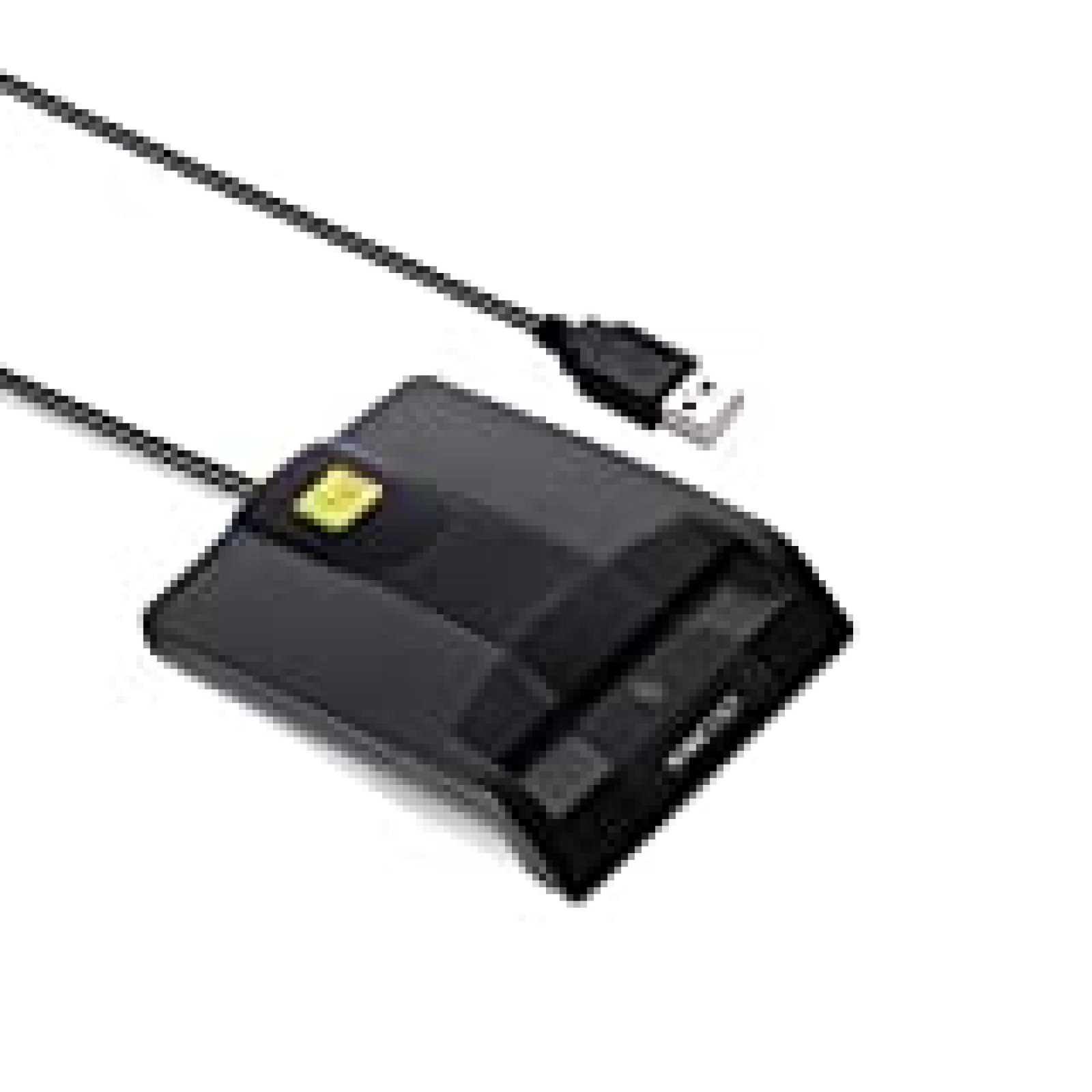
#SAICOO CAC READER SOFTWARE SOFTWARE#
Second- Software: For a CAC reader to work, the software must read the encrypted signature key off of the card and prompt for a password, thus unlocking the card and the Key. The second option is more feasible for the end user, because adding internal power, or an external cable will make it too bulky for portability. Thus, a reader will have to be built with an internal power source, or rebuilt so that it requires less energy. All card readers require power from the USB port, and the iPad does not seem to push enough power out to make the reader work properly. This is both a hardware and a software issue, and not easily resolved.įirst- hardware: a common access card reader requires power to read the data on the card chip. These are just my opinions, so please take them with a grain of salt. Most chips still require 5V but are trending toward 3V, and until this is something that Apple can bank on, don't expect it anytime soon. An external reader is possible, but may require supplemental power due to the 3V dock port limitation.

Due to power and space issues, expect it to be contactless with a 2-3 cm range. Mobile Safari, would want to interact with such a reader, so Apple would have to bake in transactional support and a heavy layer of security.Ī pure guess is that Apple is entertaining the notion of creating their own reader for a future iPhad. You have to imagine that a host of applications, esp.

Two, since iPhads do not support drivers, there would have to be a standard protocol, like AirPrint, but for readers, and there is no such effort to my knowledge. For one, there are no publicly available interfaces in the Cocoa Touch framework to accommodate low-level reader I/O.
#SAICOO CAC READER SOFTWARE BLUETOOTH#
I seriously doubt that Apple would ever permit a third-party smart card reader into its MFi program, a prerequisite in order to connect via Bluetooth or the 30-pin connector (WiFi would never pass industry or gov't scrutiny).


 0 kommentar(er)
0 kommentar(er)
